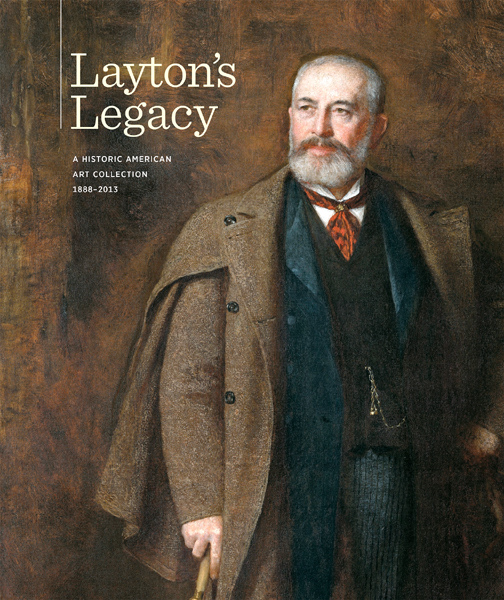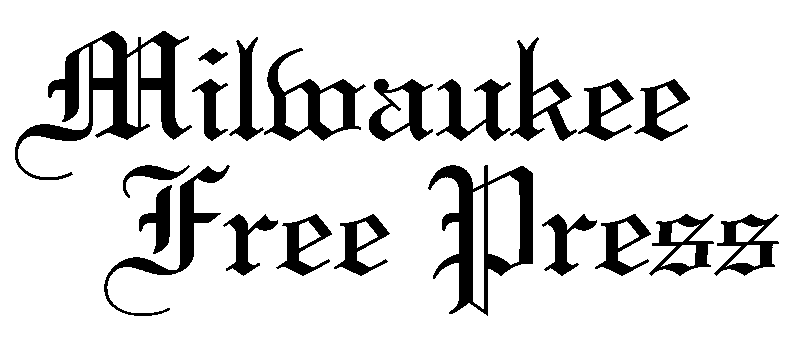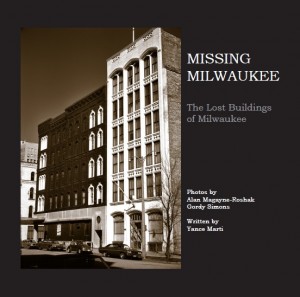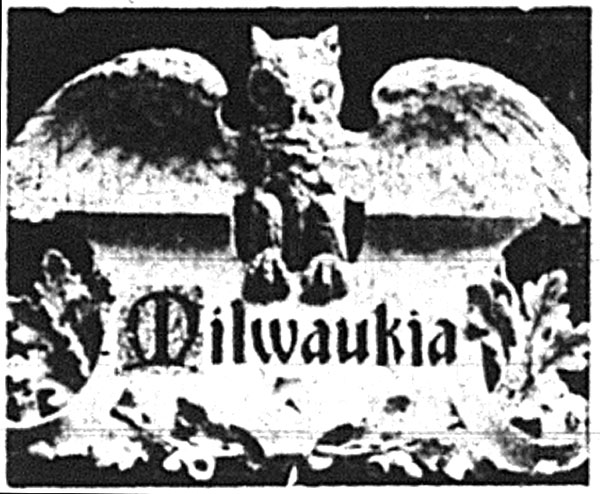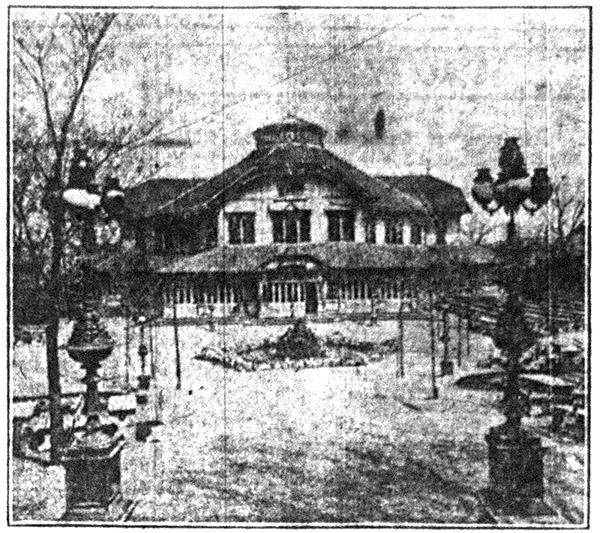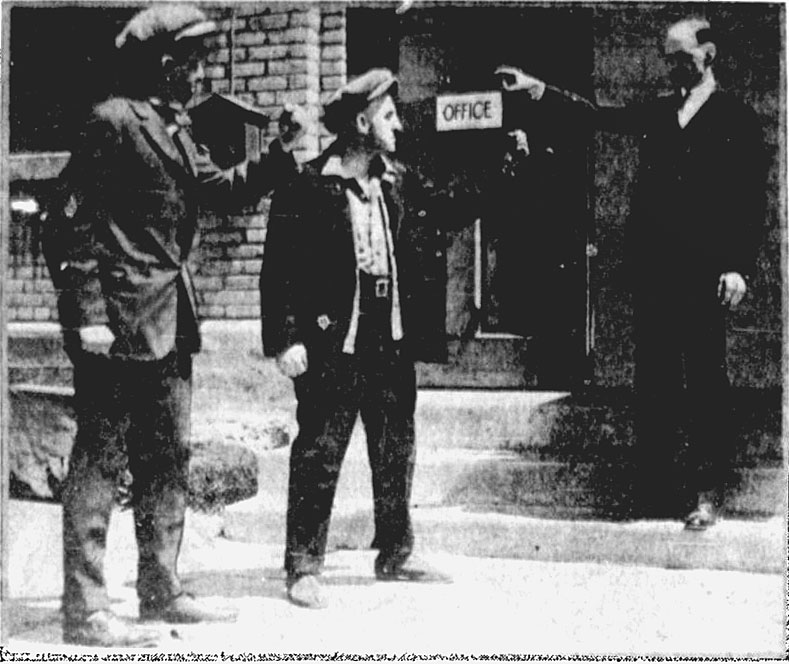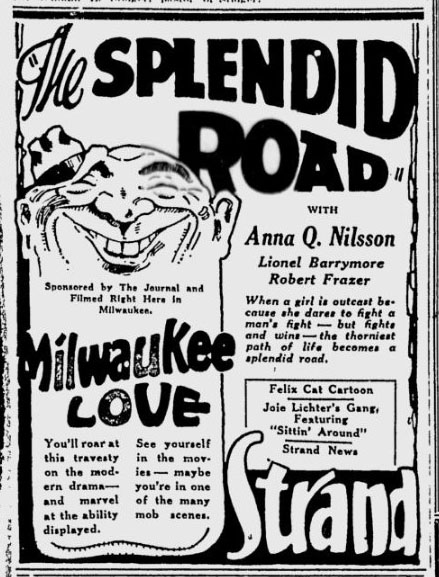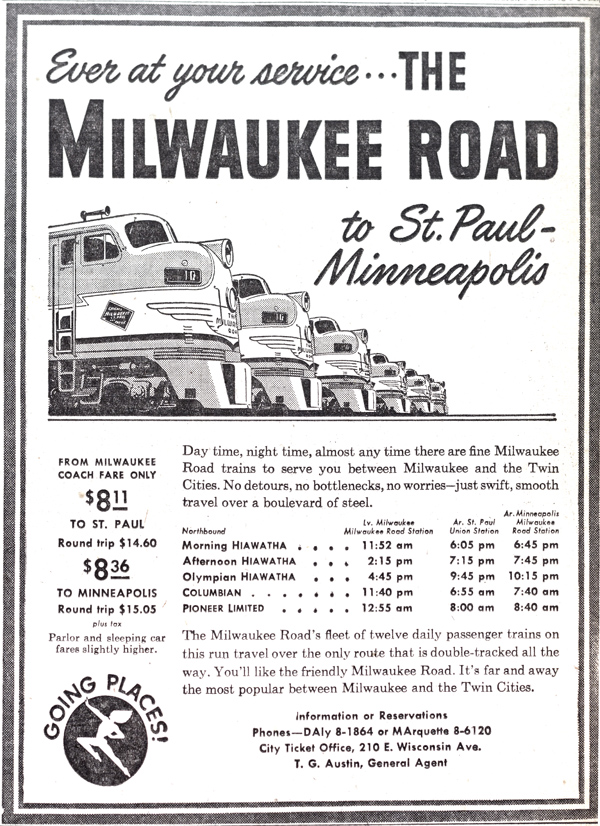Here is a late nineteenth century newspaper story when a moral battle was being waged in Milwaukee. Priests and do-gooders were trying to get the city to shut down “dens of vice and sin” in downtown but the battle was hard to fight as many politicians were either “on the take” or sympathetic to “business interests”.
Milwaukee Sentinel, April 1, 1894

SEVERAL DIVES ARE RUNNING IN FULL BLAST.
Iniquitous Dens Licensed as Liquor Shops by Ald. Fehr and His Associates-Places Where Young Girls and Boys Go-Scenes Witnessed and Described by a Sentinel Man.
A good deal has been said of late about stall saloons. Many people no doubt have a very imperfect and indistinct idea of what these resorts really are. There are in fact places where liquor and refreshments are sold and where the privacy of “stalls” may be secured, which are among the most respectable of the saloons in the city. The term as it is used in the newspapers and as it should be understood does not apply to these places, but to the lowest kind of resorts, where men and women are received promiscuously, where young girls are often enticed-often the resorts of criminals, and as Father Keogh said, “if they are not houses of ill-fame in the worst sense of the word, they are the feeders for them.”
The police officers of the city made a directory of these disreputable resorts-it might have been considerably enlarged. The facts were presented to the Common Council as reasons why they should not be relicensed, yet a majority of the aldermen, including Herman Fehr, the Democratic nominee for mayor, voted to license nearly all of these places. Under the surveillance of the police many of these disreputable resorts have been a little more careful in conducting their places since then, and some of them have abandoned altogether the stall feature of their saloons. There is, however, much yet to be done if Milwaukee is to be purged of all these dives. Perhaps police vigilance as of late has been relaxed. A tour made by a Sentinel reporter through some of the blacklisted places certainly shows that there are many which never ought to have been licensed and which a reputable board of alderman surely will not again license.
A reporter was detailed to visit the stall saloons that were licensed by Ald. Fehr and his colleagues in the Common council last summer in the face of the protest of Chief of Police Jannsen and the opposition of many aldermen. The good work of the police, the obliquy of the reputation they required during the agitation last summer, or the hard times that set in, have militated against the success of the stall saloons that were duly licensed nine months ago not more than a dozen are now conducting business on the stall plan. Many of the proprieters either sold out their places, took out their stalls or went out of the business.
DIEDERICH’S OLD PLACE.
Prominent among the places that have been obliterated is that kept by H. L. Diederichs, on River street. This den was thus described by the police as one of the “lowest and toughest dives in the city.” Diederichs has gone out of the business and the old stand is now classified in the ledgers of the police as a straight house of ill-fame. There is no license there now, and pop and soda water are dispensed at the bar. When the reporter entered the place on his round the scene that the room presented was a hideous one. The air was as thick with smoke as was the air of the Liederkranz hall at 3 o’clock on the afternoon of the Democratic city convention. A crowd of men and women were standing at the bar. Dock men, railroad men, sailors and laboring men, with the clay soil clinging to their boots, were there, and for each man was a woman clad in garments that would pass for a Mother Hubbard. Along the wall were seated other women, some apparently “engaged.” others with their eyes on the door, waiting to get their claws on a bird of passage. Two new male arrivals-one tall and slender, the other short and fat, were seized on by correspondingly built sylphs in pink dresses, who expressed in various ways a perfect willingness to be entertained bibulously and musically.
Behind the bar-room were the stalls, and through the open doors came the sinister sound that the mixture of profanity and laughter in female voices makes. Nothing was sub rosa, and the girls exercised their wiles with brazen effrontery. The one redeeming feature of this establishment when it was at its worst was that there were no boys visible in the crowd, and that the women appeared to be quite capable of taking their own part. This picture applies to the place as it appeared last summer, when Diederichs kept it as a stall saloon, and the council voted to license it. Last night the character of the crowd was changed. It had diminished and the soft drinks were not very much sought after. The same gauzy costumes and painted faces were seen peeping out from every side as the outside door opened, but the stalls had vanished.
SHELDON’S TROUBLESOME DIVES.
John Sheldon’s two stall saloons (located on Wells street and on Third street respectively) were next visited. These two places are giving the police more trouble now on account of their stall work than any others in the city. Eight girls were taken out of the two places within a week. The Wells street place is at 223 Wells. Entering the place from the street by the main entrance-it ought to be understood that there are many entrances to these stall saloons-the unsophisticated person would think he had made a mistake and entered some other saloon than the notorious place that Sheldon keeps. It is a little square room, the only furniture of which is a little bar, and ice-box and a lunch counter without any lunch on it. There is no one in the house apparently but the bartender, who furnishes any beverage that is desired by the customer. As one sips his liquor, resting his foot on the iron footrail, he enters into conversation with the bartender, who allows that business is dull and that politics have not helped things yet.
WOMEN WITHIN CALL.
“Would you like to sit down?” asked the bartender suddenly, and with a view to investigating the mysteries of the stalls, the reporter consents. The bartender starts back and opens a door concealed by the ice-box, showing an entry. A little square room the size of a good sized dry-goods box, with a round table and four chairs, are at the end of the passage. The newspaper man and his companion take seats, and the bartender disappears with an order for drinks. As he disappears, however, there is a swish of skirts and two robust female forms appear. They are fat and once might have been fair, of the uncertain age. they looked very much alike. As they seemed to belong there, a question on the subject elicited the information that they had only just arrived through the “ladies’ entrance,” and that they had been on the lookout for a drink. Would they drink? Yes, but beer was not strong enough. What was their favorite? Cocktails. Ring the bell, and the bartender appears with “cocktails for the ladies.” He seems to know their drinks by intuition. The women thought they were talking to detectives, but their minds were disabused on learning that the visitors were politicians bound for the barbers’ ball. They had just arrived from Omaha, they said, and didn’t like Milwaukee. After a few minutes’ discussion with the women, in which it developed that they were not ingenue by any means, the reporter and his friend made their escape from the dingy hole, and the fat girls returned presumably to their loop-holes of observation to take notice of the next fly that would enter the spider’s web through the front door.
At Sheldon’s Third street place (No. 192) there were no girls visible. There were a couple of men outside the bar, one of whom wore the Fehr badge. The bartender said they were all going to vote for Fehr. The police took five girls out of the place during holy week.
A COMBINATION DEN.
Al Schissler’s place, at 236 Fourth street, was next visited. The number of stalls and rooms-the upper floor being occupied with private rooms which are kept by the saloon man for couples-is twelve, and from each is an electric bell which is connected with an indicator back of the bar. Above the indicator is a very good campaign picture of Ald. Fehr. Another is attached to a green and white Hazel Kirke sign on the side of the stall. The stalls are separated from the saloon and from each other by partitions eight or nine feet high. Two young girls were taken out of this place last week, the saloon being constantly under police surveillance. The stalls were partly occupied, as the ringing of the electric bell told frequently, although it seemed to be an off night for the sports. A voice, which seemed to be the voices of the half-drunken woman, came from one of the stalls in the phrase, “The h–l you did!” and other remarks that might have been well-timed and suited to the limited capacity of her companion. One of the men who stood at the bar as the reporter entered seemed to hear a voice that he knew, for he said, “I guess I’ll go in a minute,” and pushed into the stall. He was greeted in the ordinary friendly manner of the rough, “Hullo, you —- —- pup,” and seemed to like it, for the indicator bell rang and the bartender proceeded to fill and order for two glasses of bock beer.
In half an hour more people used the side door than the front door, and the patter of feet was heard on the stairway that led to the more roomy quarters above.
HAS DAYTIME PATRONAGE.
Schissler’s place is patronized as well in the day as at night. There are few hours in the day when couples are not seen by the neighbors wending their way along the street till they reached the corner when they separated, the girl going in by the private entrance on Cedar street and the man by the front door on Fourth. The reporters observed a childish couple-neither of the two apparently over 18-enter the place in this way not two weeks ago. It is charitable to hope that these meetings are harmless, and that the men and women and boys and girls who go there meet simply for political purposes or to drink a glass of beer together. It is an excellent place for one interested in the problems of nature to study the workings of the worst type of stall saloons that is to be seen in the city.
BEWAILS HIS POOR BUSINESS.
Mulcahey’s place at 174 Fifth street was quiet when the reporter reached it at 10:30. This is a small place, with stalls up stairs. The bartender bewailed the bad times, saying that the politicians had not been around since the caucuses. Just then there was a rap on the hall door and female voices were heard, ascending to the upper regions.
FREQUENTED BY YOUNG BOYS AND GIRLS.
Joe Dalman’s place at 134 Third street, known as the Columbia, was doing a lively business that night, but the detectives spoiled it for the time being. As the reporter stood at the bar contemplating his face in the glass, two officer’s in citizens’ clothes came in. their mission was to take out two young girls whom they knew were there, but the girls escaped by the back door. The place is frequented, the officers say, by young girls and young boys.
SOME OF THE OTHER SALOONS.
Joe Streeter’s place at 86 Second street is a stall saloon, and is a convenient hang-out for the element of politicians that reside on lower Clybourn street. As the reporter entered the place a rather rocky-looking man was led in the side door by a fat girl with puckery eyes and raven-colored cuffs.
A number of other so-called stall saloons were visited where there was no “company” and a number of others where there were no stalls. “The Ko-Ko” at 41 Biddle street has been turned into a restaurant. The saloon kept by Joseph Preiss at 64 Johnson street was presided over by Mrs. Preiss. She said that she “had no girls anymore.” At the hotel of Christian W. Brink, 286 Fifth street, a pretty brunette in a loose pink gown was shaking dice with a stout built elderly man, at the bar, while Mrs. Brink stood at the bar and acted as an umpire. The girl told one of the party, who expressed a wish to make better acquaintance with her, that she expected to go to St. Louis Tuesday and would be unable to see him. The girl acted as cup-bearer and cigar-dispenser for the company in general, flitting around the saloon like a dragon moth. Another girl was visible in a rear apartment. She was similarly attired, but did not come out to join the company in the saloon.
